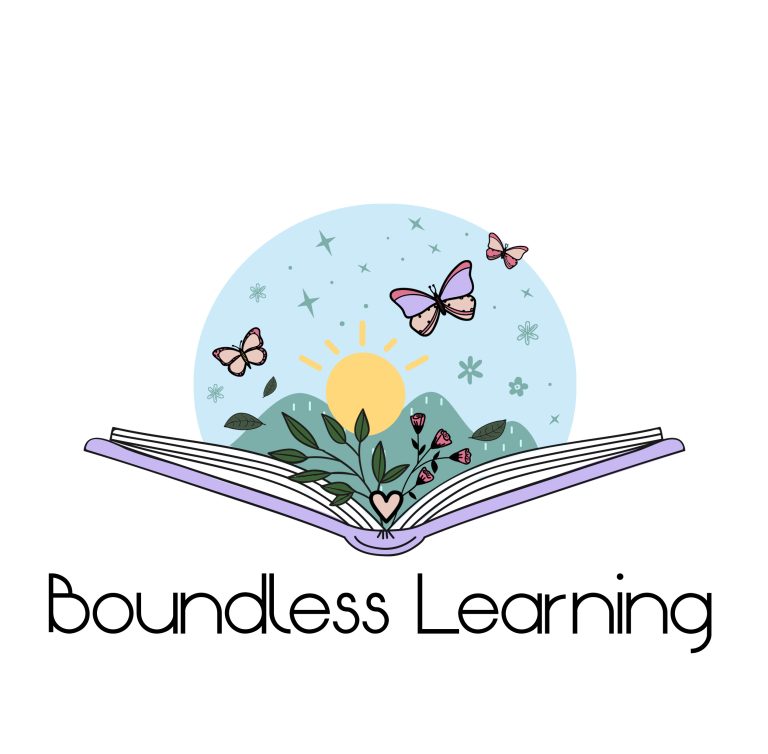It’s interesting to notice my own sense of vulnerability with this in terms of sharing this, but I believe this adds another dimension and enriches my work. Initially I worried it may influence people’s perceptions of me negatively, and impact on my work-and then, in a flash of light, I realised that’s what matters…that we share the whole of us. That pesky masking has a lot to answer for!
I’ve always been aware of this for others , but it’s also really enhancing my compassionate curiosity.
As I learn more about ADHD and begin to see myself through this new lens, I notice how much of my story starts to make sense, not as a set of deficits, but as a different operating system that was never fully understood or supported.
If I’d known earlier, or if my teenage self had had language for the feelings of being “too much” or “not enough,” perhaps I would have had more kindness for myself. I might have understood that my sensitivity, intensity, and relentless curiosity weren’t flaws to mask, but facets of how my brain works.
When I look back, I can trace the theme of wanting to be seen, truly seen, right to childhood. Around the age of five or six, I was endlessly frustrated that people called me Julie instead of Julia. It felt like they didn’t really notice me, didn’t take the time to get it right. This really scratched at my sense of fairness, or injustice. So, I changed my name to Helen for a while, it was simpler, easier, and maybe, I thought, it would make things feel fairer. But after a while, I realised I’d rather be me, even if it meant being misunderstood sometimes. That moment feels significant now, a child’s first attempt to reclaim her identity and assert, “See me as I am.”
As a former headteacher, and eternal educator, I can’t help but wonder how things might have been different if I’d known then what I know now. Would being on a SEND register have changed my path? Would it have brought understanding and support , or limitation, assumptions and lowered expectation? The truth is, I don’t know. But I do know that a label, used well, can be a key, not a cage. It can offer understanding, language, and permission to design life in ways that work with our brains, and our whole beings, not against them.
And even before this diagnosis, I really know now that I did fully see others . As an educator and leader, I was intuitively drawn to the children others might not have seen, understood, or believed in. I cared deeply about those who didn’t fit the perceived mould, those whose potential was hidden beneath layers of difference, challenge, or misunderstanding. Every child mattered.
My vision, then and now, has always been to enable everyone to succeed beyond their perceived horizons. Perhaps, without knowing it, I was offering to others what I most needed myself: to be seen, valued, and understood for who I truly am.
This late diagnosis feels like permission. A deep exhale. It allows me to recognise what I need, structure, rhythm, creativity, play, and meaningful connection , and to honour those needs rather than apologise for them. It’s also softened something in me as a leader and a human being. I think deeply about what inclusion really means, not as a policy or a process, but as an act of presence and compassion.
I see how rejection-sensitive dysphoria has been part of my landscape, how easily I can shut down when I perceive exclusion, even when it isn’t real. Those moments on social media, seeing friends together without me, can cut deep. I can trace that feeling back to childhood to the ache of being on the outside looking in.
And yet, the same brain that feels deeply is also the one that can make extraordinary connections, spot patterns in chaos, draw threads together, and bring meaning to complexity. That’s a gift. Seeing and making meaning is one of my greatest strengths, fuelled by energy, playfulness, and curiosity.
Perhaps the heart of this journey isn’t about diagnosis, but about visibility — learning to see myself clearly, and to let others see me too. The five-year-old who wanted to be called Julia was already saying it: Don’t call me by the wrong name. Don’t mistake me for someone else. I’m right here.
Now, I’m finally answering her.
This reflection reminds me that leadership and life are never only about how our minds work.
We lead and learn through our bodies, hearts, and souls too.
When we make space for all of that in ourselves and in others we open the door to deeper authenticity, compassion, and joy.
That’s what I want to keep building: spaces where everyone can be seen, valued, and supported as their whole self

